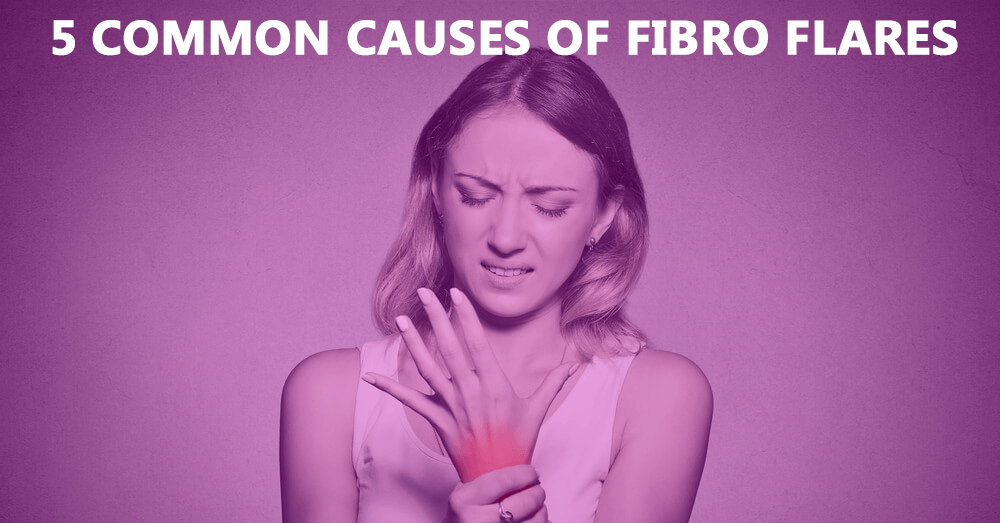Dealing With Fibromyalgia Rash
Often when we think about fibromyalgia, we think of muscle pain, fatigue, sleep problems, digestive complaints and mood issues. However, many fibromyalgia sufferers also deal with rashes and other skin changes, which can be distressing and uncomfortable.
Fibromyalgia and Skin Problems
As many as 50 – 80 percent of individuals diagnosed with fibromyalgia will develop skin problems, including rashes. These rashes can make you feel uncomfortable wearing clothes, sleeping at night, or feel unattractive.
The typical rash associated with fibromyalgia syndrome is red and can be flat or raised and bumpy. In some cases there is also itchiness, soreness or a crawling sensation.
The exact cause of fibromyalgia rash is unknown, but scientists suggest fibromyalgia causes an immune reaction that makes the skin more sensitive. The reaction releases histamine (a chemical involved in itchiness and skin sensitivity) and heparin (a substance that has blood thinning qualities and therefore promotes bruising).
If this is the case, antihistamine drugs (either in tablet form or applied topically) can help. In other cases, the rash may be an allergic reaction to the drugs you are taking. Your doctor can evaluate this possibility, and either change the drug or recommend a gentle moisturizing cream (like Sudocream), or a corticosteroid cream.
Besides rashes, fibromyalgia sufferers also tend to have dry skin (which further aggravates the rash and itching), especially in the hands and fingers. Skin wounds tend to heal slower, and numbness, tingling or burning sensations and sensitivity to touch and pressure are also reported.
Click Here to Visit the Store and find Much More….
Skin rashes may also suggest another underlying problem: lupus. Also called SLE, lupus can mimic fibromyalgia because it has similar symptoms.
Tips to Manage Rashes and Other Skin Problems
Finding the cause of the rash is a good first step. As you can see, various causes (allergic reaction to drugs, dry skin, excessive production of histamine and heparin) need to be treated differently.
Some general rules for healthy skin:
- Drink enough water. Your whole body, including your skin, has to be well hydrated to stay healthy. Rather than counting a certain number of glasses of water you should drink daily, consider the urine test: if your urine is white or very light yellow, it means you are well hydrated. If it is dark yellow, it means you’re not drinking enough and need to boost your water intake.
- Apply cream on your skin every day. You may need to apply extra creams on your dry areas (hands and fingers). Choose natural creams, free of artificial colors or fragrances (which can also irritate the skin).
- Use sunscreen. When you spend time outdoors, wear a sunscreen with an SPF of 30 or higher.
- Eat healthy. Your skin will be as healthy as your whole body is. Avoid fast foods, and eat plenty of fruits and vegetables, lean meats and fish, nuts, seeds and healthy grains.
Resource
Fibromyalgia Syndrome (Skin Rashes and Fibromyalgia Syndrome)


